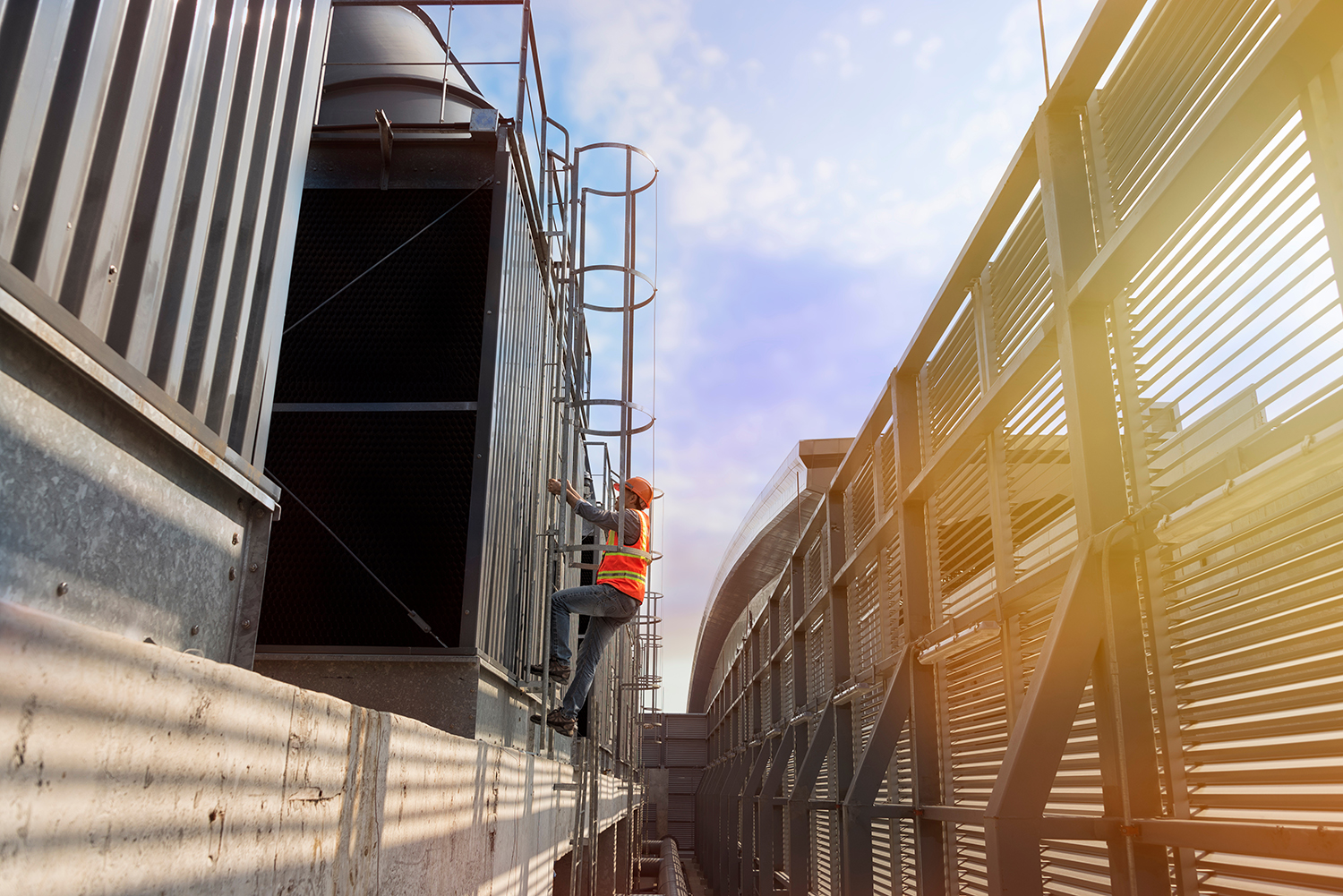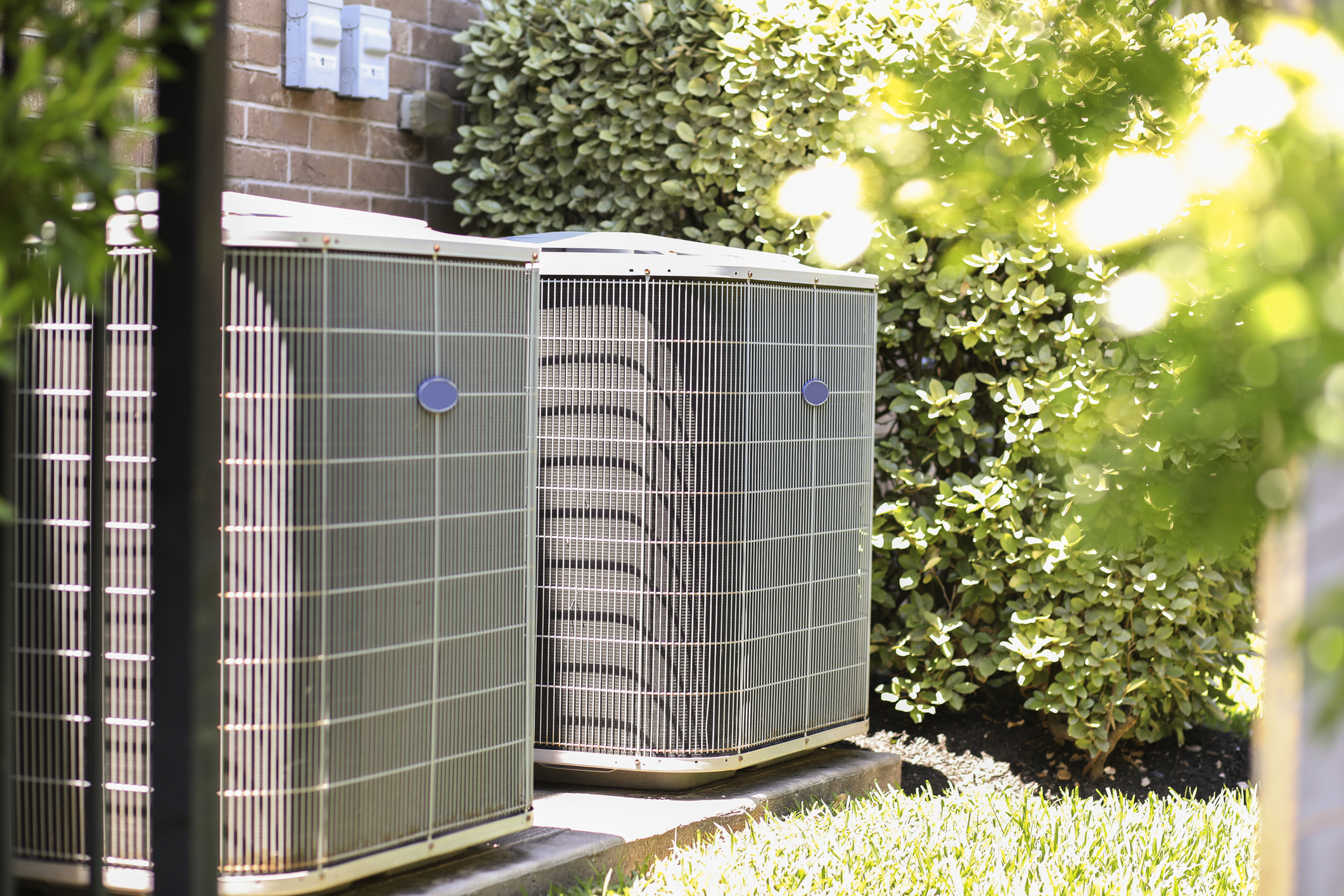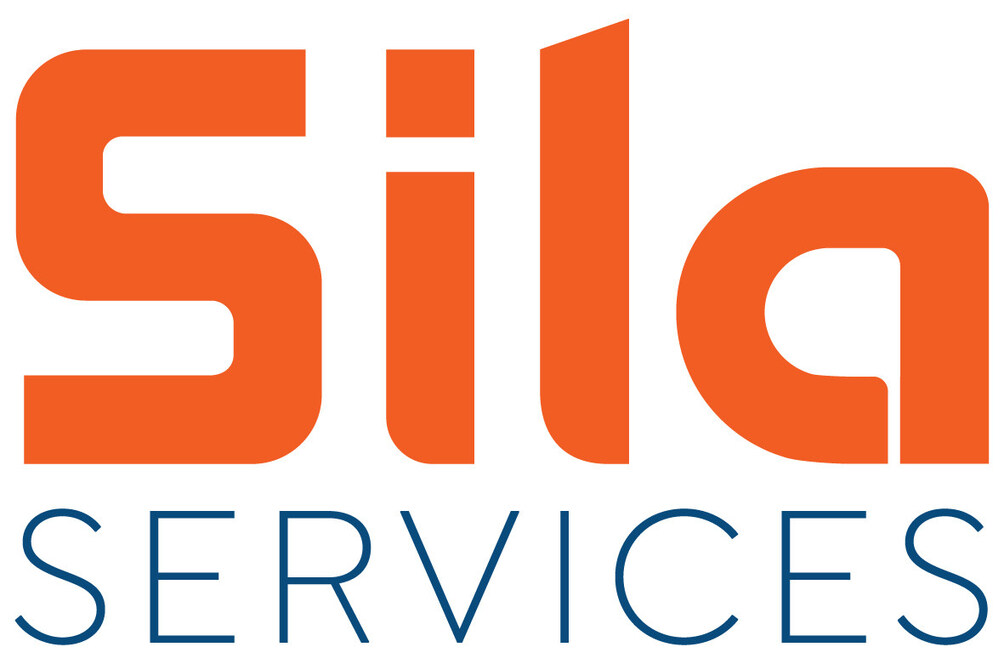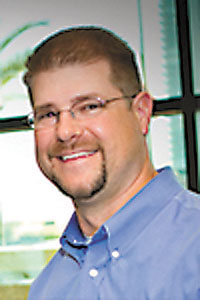
News
Carbon Monoxide: You Can Help Improve Community Carbon Monoxide Awareness
Carbon monoxide (CO) incidents hit Texas families hard during the winter storms this past February. There are heartbreaking stories of families using unsafe heating methods to stay warm. The aftermath includes 11 deaths, 1400 emergency room visits, and other unknown long-term issues.
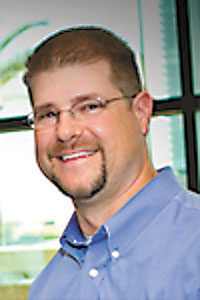
Most people are unaware of CO poisoning. They don’t know what causes it, the sources, or what to look for in their home. They don’t think it will happen to them because it is something you occasionally hear about in the news. Those who are aware think a store-bought CO alarm is the only protection they need.
People need to know the facts about CO, and our industry is in the perfect position to raise awareness. Let’s look at how you can help your community become more aware of CO dangers and the sources.
What’s in It for Me?
Your first reaction might be, why should I do this? What’s in it for me? How will this help my company and me? Those are reasonable questions to ask. If you were to poll your customers, most of them would rank safety as their number one HVAC priority. Raising CO awareness points to you as the local HVAC safety expert and “go-to” company.
How many of your competitors even discuss safety? Most of them focus on low-priced service calls or free second opinions. Yawn. You can use the CO safety difference to distinguish your company from the rest. Let competitors keep offering the same services as everyone else while you innovate and promote unique solutions that no one else considers.
In addition, you’ll feel better about yourself, your work, your contribution, and sleep great at night knowing you’re doing the right thing. That’s what’s in it for you.
Openly Promote CO Safety and Education
Are you interested in taking the next step? Promote CO safety and education in your newsletter or on your website. You can offer links to industry resources and provide general tips. The goal is to educate, not to frighten.
Some contractors try to take advantage of people’s fear of the unknown, like an invisible gas that can harm them. Look at the COVID-19 media coverage to see the backlash from this type of awareness. Negative awareness equals negative responses. People go on the defensive, put up their guard, and won’t trust you.
Instead, point out advice that our industry takes for granted. Address CO sources that many don’t consider, like running cars in a garage, burning charcoal and wood indoors, heating with a gas oven, or using a generator indoors. The advice should be simple and in list form. For ideas, Google “winter travel safety tips.”
Besides helping them understand the sources, people need to know CO poisoning symptoms. You could provide a list of the symptoms or links to industry resources to increase awareness. Most of the public doesn’t know what to do when a CO alarm goes off, so they often disconnect it. Why not start there? Focus on action steps people can take and what to do when their alarm sounds.
Once you’ve increased awareness and suggested practical, easy-to-follow advice, it’s time to offer services that take your customer’s protection one step further.
Offer Low-Level CO Monitors and CO Safety Checks
One simple step is to offer customers low-level CO monitors. Many HVAC contractors and their customers don’t know the difference between a store-bought CO alarm and a low-level CO monitor. A simple way that Jim Davis (the daddy of modern-day CO testing) taught me to help customers understand the differences is to use a home security system comparison.
Low-level CO monitors are the type of home security system that alerts a homeowner to danger once an intruder steps foot on their property. They aren’t in immediate danger, but they know they should act now before the situation escalates.
Store-bought CO alarms are the security system that delays letting the homeowner know the early warning signs. Instead, they alert the homeowner to danger once an intruder is in the home.
Besides offering low-level monitors, offer them a service that no one else does. Add CO testing to your service and maintenance calls. It’s quicker than ripping a furnace apart to inspect for a cracked heat exchanger and provides a lot more information.
However, to become the expert in your market, you’ll need the proper training. There’s more to CO than cracked heat exchangers. It takes knowledge of combustion, equipment operation, airflow, and building science to understand the factors influencing CO production.
Be Proactive Instead
of Reactive
Talking about CO isn’t easy. Don’t get discouraged when people ignore you. Take it from the guy who has been promoting CO education for over 20 years. Many will disregard what you say and call you chicken little. Just remember, if there is just one person who hears what you have to share, or one life you help save because of what you teach, then all the effort is worthwhile.
It’s unfortunate that CO poisoning only becomes a priority after a tragedy. It’s time we took a proactive stance instead of a reactive one. You can help bridge the communication gap between the public and our industry when you look out for your customer’s best interests.
David Richardson serves the HVAC industry as a curriculum developer and trainer at the National Comfort Institute, Inc. (NCI). NCI specializes in training focused on improving, measuring, and verifying HVAC and Building Performance.
If you’re an HVAC contractor or technician interested in learning more about adding carbon monoxide testing to your services, contact David at davidr@ncihvac.com. NCI’s website www.nationalcomfortinstitute.com is full of free technical articles and downloads to help you improve your professionalism and strengthen your company. n

